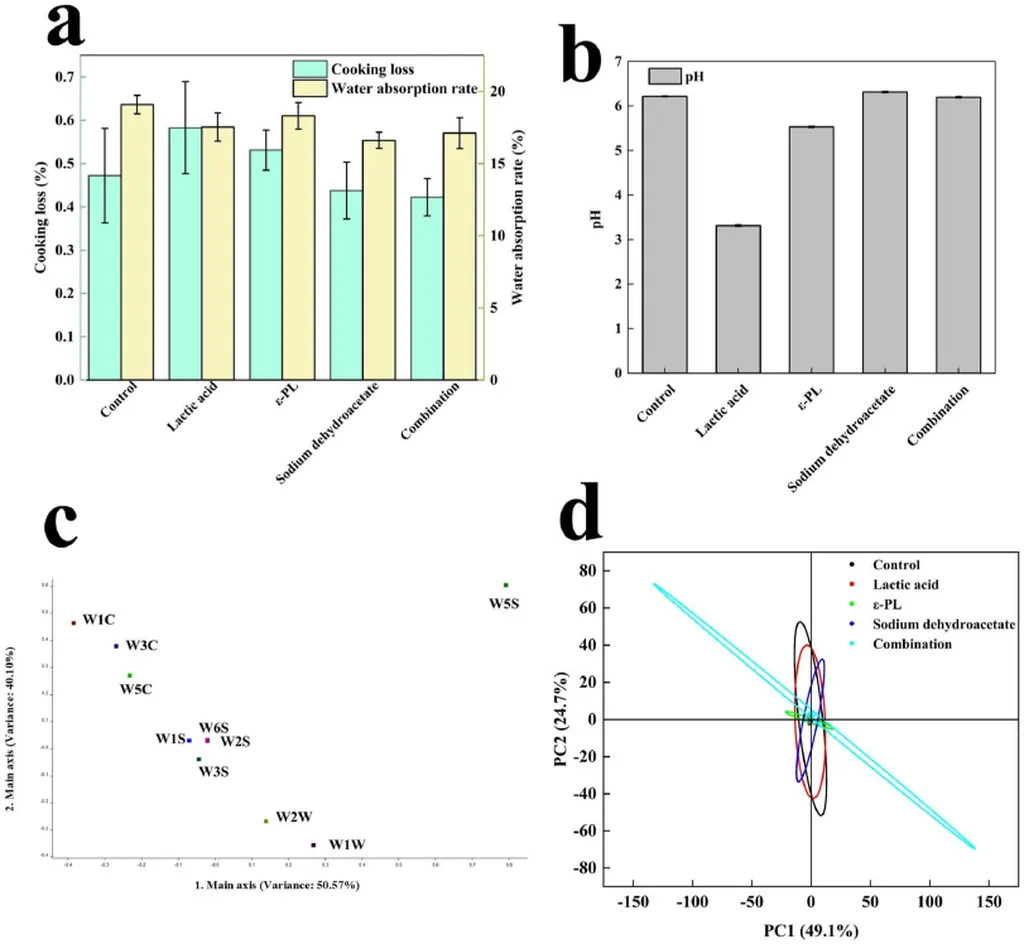In the quest to extend the shelf life of gluten-free instant noodles, particularly those made from yellow pumpkin, researchers have turned to the Arrhenius model to predict longevity under different packaging conditions. This innovative approach, detailed in a recent study published in *Jurnal Pangan dan Agroindustri*, could have significant implications for the agriculture and food processing sectors.
The study, led by Chapib Jamaludin from Universitas PGRI Semarang, focused on determining the shelf life of yellow pumpkin instant noodles using the Accelerated Shelf Life Testing (ASLT) method. The research team explored the impact of different packaging materials—Polypropylene, Aluminium Foil, and Self-Opening Sack (SOS) Paper—on the noodles’ shelf life when stored at varying temperatures (25, 35, and 45℃) over a period of 42 days.
The key to their findings lies in the Arrhenius equation, which helped predict the shelf life based on the content of free fatty acids. “The Arrhenius equation provided us with a clear understanding of how temperature affects the degradation process of the noodles,” explained Jamaludin. “By analyzing the activation energy, we were able to determine the most effective packaging material for extending shelf life.”
The results were promising. At a storage temperature of 25℃, the SOS paper packaging emerged as the most effective, with an estimated shelf life of 67 days. Aluminium foil and Polypropylene followed closely with 65 and 60 days, respectively. “The SOS paper packaging not only extended the shelf life but also provided a cost-effective solution for manufacturers,” Jamaludin added.
The commercial implications of this research are substantial. For the agriculture sector, the ability to extend the shelf life of processed products like yellow pumpkin instant noodles can open new markets and reduce waste. Farmers and food processors can benefit from increased demand and better storage solutions, ultimately boosting the economic value of yellow pumpkin crops.
Moreover, the study highlights the importance of choosing the right packaging material. “Packaging is not just about protection; it’s about enhancing the product’s longevity and quality,” Jamaludin noted. This insight could drive innovation in packaging technologies, leading to more sustainable and efficient solutions.
As the food industry continues to evolve, research like this paves the way for more resilient and market-ready products. The findings from this study could inspire further exploration into the use of the Arrhenius model for other perishable goods, potentially revolutionizing the way we approach food preservation.
In the ever-changing landscape of agritech, such advancements are crucial. They not only address immediate challenges but also set the stage for future developments, ensuring that the agriculture sector remains dynamic and responsive to market needs.

